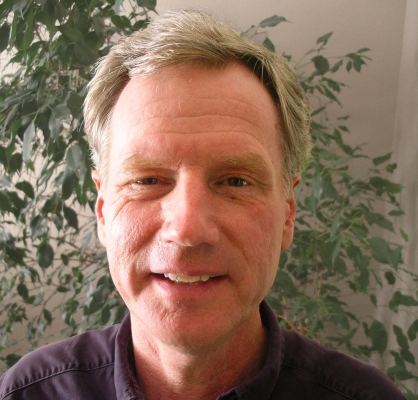Visiting scholar wants zero traffic fatalities

When engineers focus on transportation systems, they often produce brilliant solutions. Sometimes, however, they focus in the wrong place.
“Engineers are really good; if you tell them, ‘This is what we want to accomplish,’ they’ll do it,” said Peter Jacobsen, himself an engineer and a public health consultant. “But traffic safety hasn’t had a good scientific, evidence-based approach that we have in, say, nuclear-power-plant design.”
Jacobsen, Portland State University’s first visiting scholar this school year, will present the Vision Zero concept at Friday’s transportation seminar. Vision Zero resets the goal of transportation systems from reducing total crashes to eliminating fatalities.
“The way engineers currently look at the road system is to look at crashes,” Jacobsen said. “Vision Zero folks say to look at health: not to have fatalities or permanent disabling injuries.”
Designing for health means respecting the limits of the human body. If crossing into oncoming traffic could produce head-on collisions with a greater force than people could survive, then Vision Zero says to separate that traffic. Roundabouts reduce the likelihood of dangerous side-impact collisions.
Vision Zero could have the largest effect closer to home. Jacobsen has pushed for colleagues to consider traffic from a child’s perspective. A residential street that might be perfectly safe for adults could pose many dangers to a child.
Children have trouble identifying the source of a sound, have a narrower field of vision and don’t understand perspective, increasing the likelihood they’ll put themselves in danger, Jacobsen said. “We’re not born at birth with all that stuff hooked up,” he said.
That puts the burden on transportation engineers. “We cannot adapt children to traffic,” he said. “Society needs to adapt traffic to the needs of children.”
